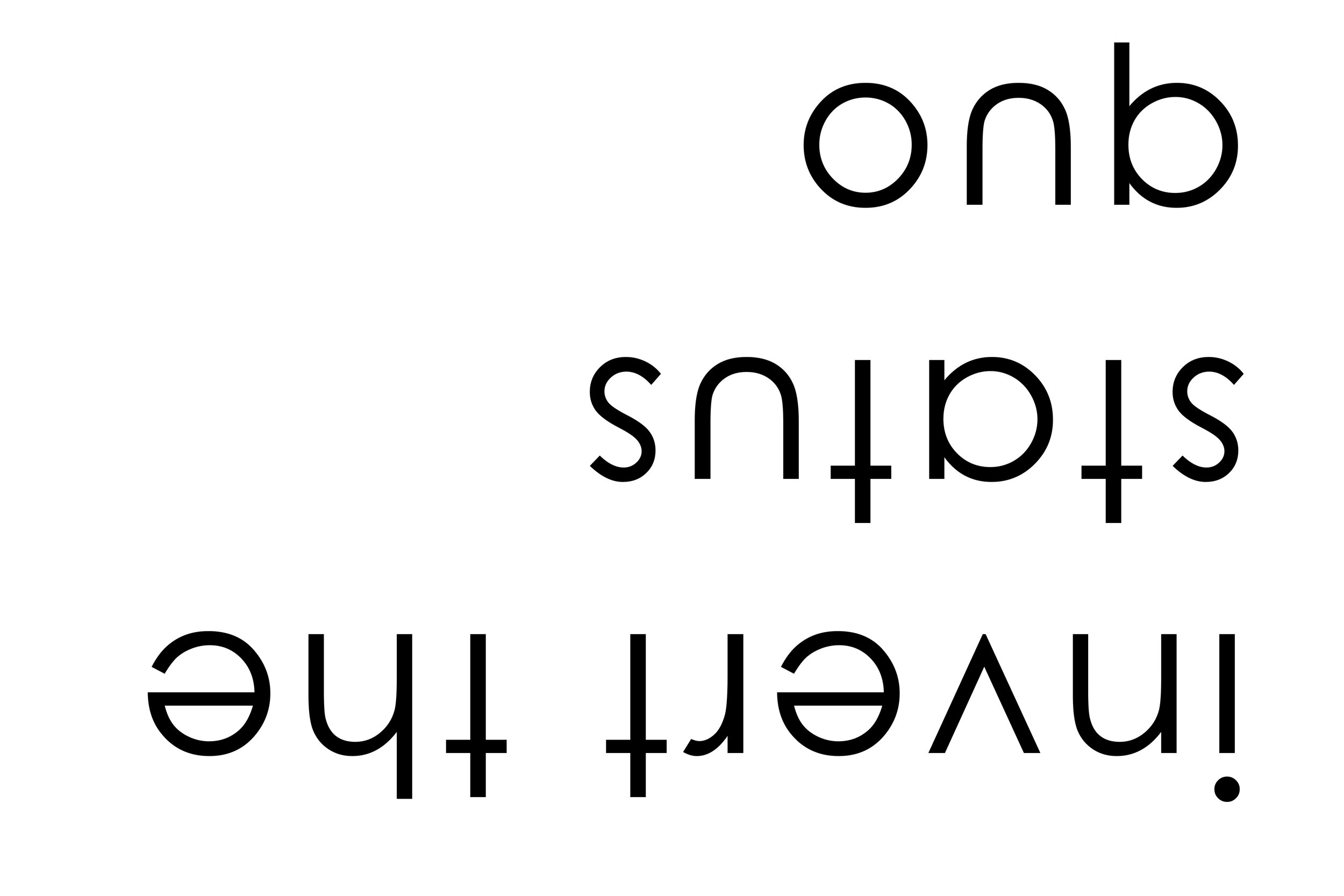Meeting the objective
Did you begin to understand what makes “best practice” in an image, technique or genre? And could you think differently about these expectations?
What did you find easier
There’s a natural tendency to follow rules, or resist them, in each and every one of us. We may strictly adhere to a recipe, or throw everything in the pan and see what happens. We don’t adopt the same approach in every facet of life. But it may offer insight into your disposition; as an artist or artisan, pioneer or follower, disrupter or conformist.
Don’t consider these traits to be hierarchical, regard them lateral opposites. One may be a natural strength — the other a muscle that needs to be conditioned.
Did you think about quality or quantity
As with most things there’s no right answer, but there’s expectations that come with them. Following conventions means a certain number of decisions have been made by you, or the norms of the safe zone. This frees you to defer ownership and get more results to choose from.
In contrast, breaking conventions involves going off-piste. This is more laborious and uncertain. You may come back with nothing, or the knowledge of ways that didn’t work. Don’t expect quantity, but that one new idea could be known in future as your Rembrandt Lighting. Meanwhile, the safe zone is a place to find your way back to if you get lost.
Did research inform your creativity
You don’t have to reinvent the wheel to be creative! Simply refashion an existing idea of your own, or the work of another for a different context. There isn’t a universal way of seeing for each area of photography. An idea you try might not work today, but could be useful in another genre.
Putting into practice what inspires you in someones approach is a good way to experience why a convention exists, or was challenged in the first place. You may also find a counter-practice is limited by its context.
Was your convention a technical setting
Amateurs and seasoned pros learn the same technical starting points: Landscapes often require tripods and long exposures — while portraits have a go-to list of lighting set-ups. Did having (or not having) all the gear enable you or restrict you?
Getting out of auto is a great starting point for creativity. Focus and exposure are there to play with as much as they are to get right! It doesn’t matter if technical “failure” is accidental, or by design. The key is in what it may, or may not communicate.
Did you have a social element to challenge
Not with animals, or who knows! You might have required some improvised shepherding to get a line of ducks into frame. Or did a smile and some small talk got you access to a better vantage point? Think creatively, but safely!
Portraits can be environmental and informal, not all need to be passport ready. Once the camera is set up — step back and focus on your interaction rather than counting the f-stops.
Did you rebel in post-production
The traditional role of the darkroom is processing a negative image into a positive one — an inversion for what we consider legible. But could we consider positive and negative to be complimentary rather than binary?
Likewise, turning the world upside down might simply mean rotating for a different point of view. Gimmicks draw attention and can easily wear off. But conscious contrivance is a valuable tool if it communicates your intentions.
What’s next
Review this period of creativity and conformity and think about how you can use this exercise iteratively going forward.

